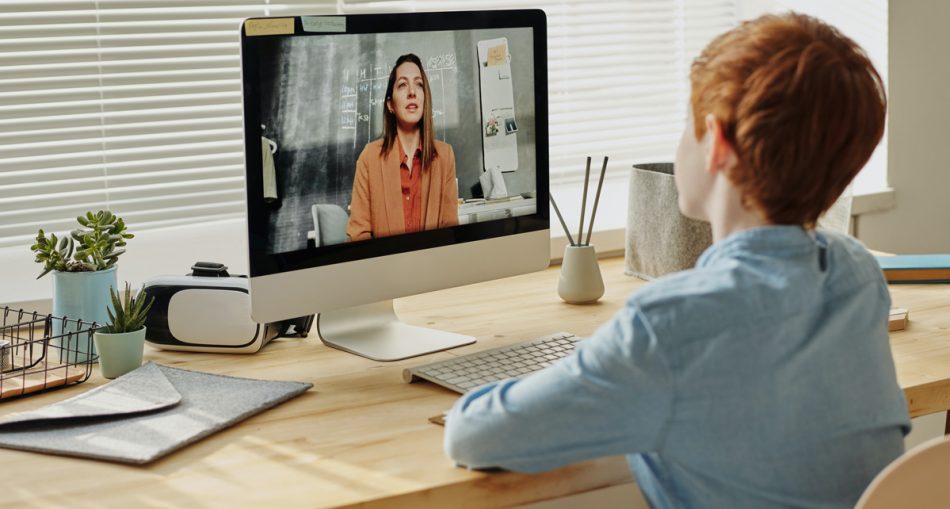Research shows that students in online classrooms perform better on average than students receiving face-to-face instruction. However, technology does hinder students’ learning process when used in a way that doesn’t take advantage of the medium. Teachers often take a face-to-face lesson and just replicate it online, which doesn’t truly take advantage of the technology. Online activities should serve as an enhancement of the face-to-face learning experience rather than a replacement for face-to-face instruction.
But how exactly do the best teachers enhance the learning experience in online classrooms? Whether your child is attending an international school in Kuala Lumpur, here are some of the top high-impact, evidence-based strategies that the best teachers are using:
● Keep the virtual classroom organized. Students really value it when courses are strongly organized. Many teachers are too focused on the content and converting their presentations, worksheets, and lectures into a digital format, so they end up leaving the design and organization of the course as a secondary consideration. But the best teachers keep a well-organized virtual classroom because they know that it keeps students more confident, more engaged, and more autonomous. These teachers have a single dedicated space where students can go every day to find all of the important announcements and assignments. They also make an effort to be concise and clear in their directions and use short numbered lists with subheadings.
● Chunk the lessons into smaller, digestible pieces. Research shows that online materials require a great deal of mental effort to process. The best teachers of online classrooms know that virtual lessons need to be much shorter than activities in face-to-face classrooms. Rather than recording a whole lecture, they know to create several smaller videos that each cover one key idea. The duration of each video should be about six minutes, according to research. Research shows that students’ attention drops off after about nine minutes. The top teachers give students extra time to process virtual materials by alternating high and low-intensity activities and including brain breaks throughout the course of the day.
● Seek plenty of feedback. The best online teachers regularly gather student feedback on different parts of online courses in order to figure out what worked and what did not work in the lesson. Research shows that it’s important for teachers to gauge how well students can access the virtual materials, rather than just formative assessment, which focuses on how well the students understand the material. The best teachers also use student surveys through tools like Google Forms to ask students questions like, is the virtual classroom easy to navigate? Are you having any technical issues? Are you able to find and submit your work quickly?
● Annotate and interject to scaffold learning. The best teachers use simple annotations like arrows and text labels to offer visual scaffolding and help direct the students’ attention to parts of the lesson that are crucial in learning materials and help guide the cognitive processes of the learners since they cannot use gestures to direct students’ attention as they can in real life. Research shows that students who are shown maps with text and visual cues, like arrows and labels identifying key locations, scored 35 percent higher on a recall test than those given maps with no cues. The best teachers also use questions in instructional videos at key points that prompt critical thinking like, “Can you think of any exceptions to this rule?”
● Frequent, low-stakes quizzes. Low and no-stakes practice tests help enhance students’ retention of the material and those who struggle the most can benefit the most from frequent weekly, low-stakes practice quizzes, according to research. Online quizzes don’t offer much more of a benefit than paper ones, but they can be automatically graded, which saves teachers hours of work. The best teachers use tools to create fun online quizzes that help students process and retain the material better.
● Fight the isolation of remote learning. When teachers are physically separated from their students in online classrooms, it is more important than ever to create a sense of community. To offset the isolating effects of an online class, the best teachers communicate more regularly and informally with students, which helps to address academic issues and show that they are personally invested and interested in each and every student. Teachers adapt face-to-face activities to work in online classrooms, like using the unstructured time to talk at the beginning of class, using breakout rooms to divide students into small groups for relationship-building exercises, and having a reflection exercise at the end of the day.
● Take care of themselves. The best teachers also take time to take care of themselves. Teacher well-being has experienced a sharp decline over the past several months, with 71 percent of teachers reporting lower morale levels compared to before the pandemic. Teacher stress leads to higher stress levels for students and poorer academic performance for students.
These tips can help a teacher use technology to create an enabling environment online for their students.







